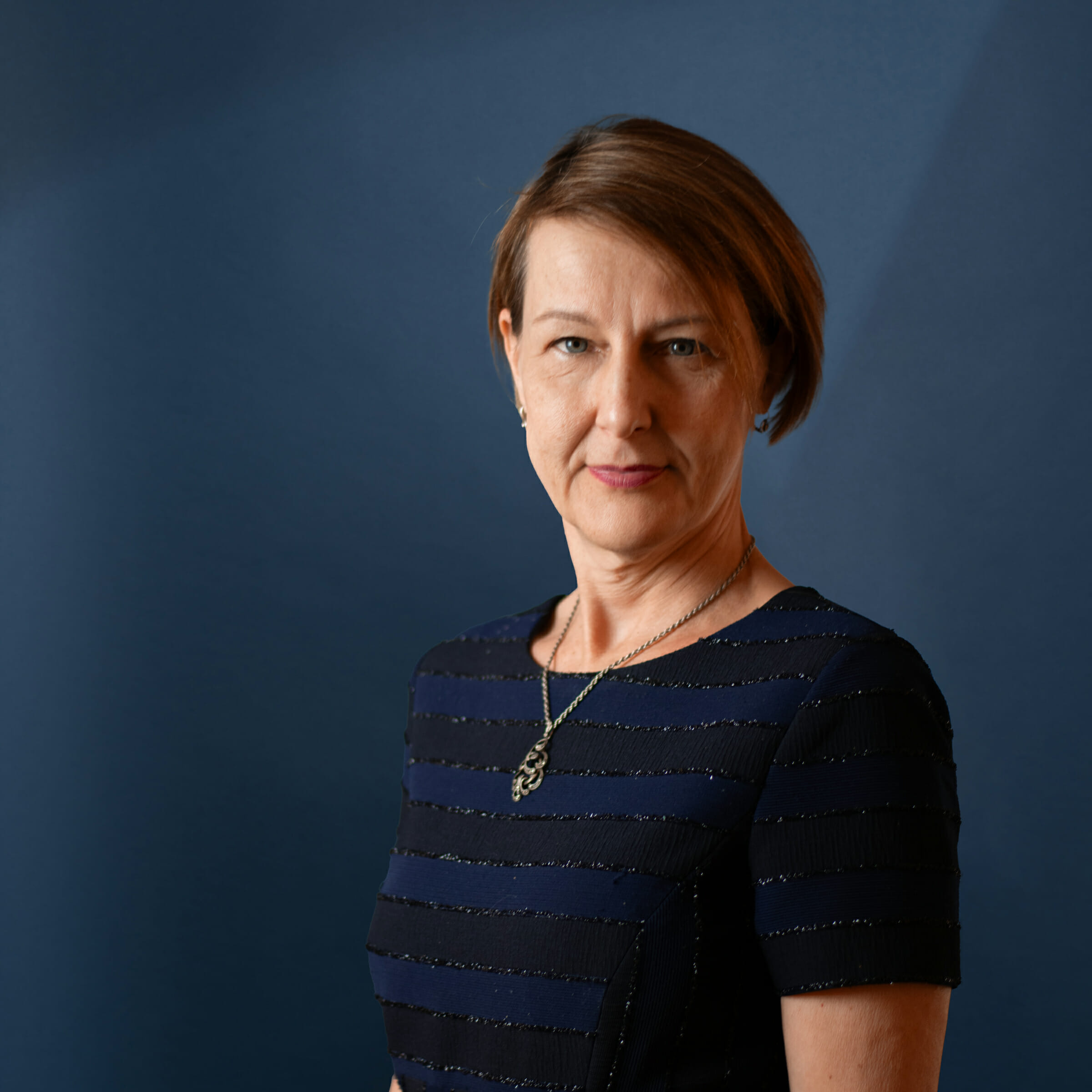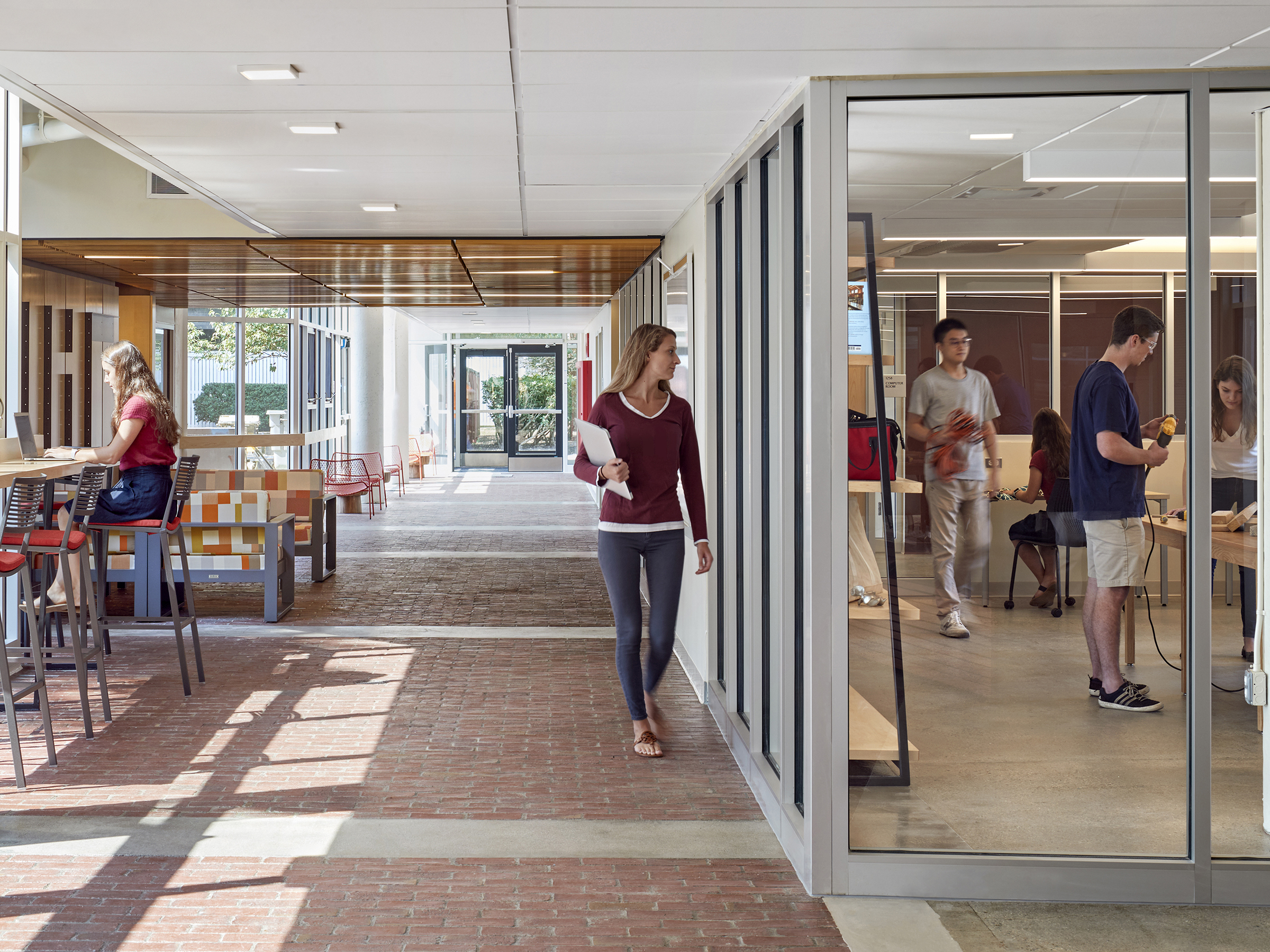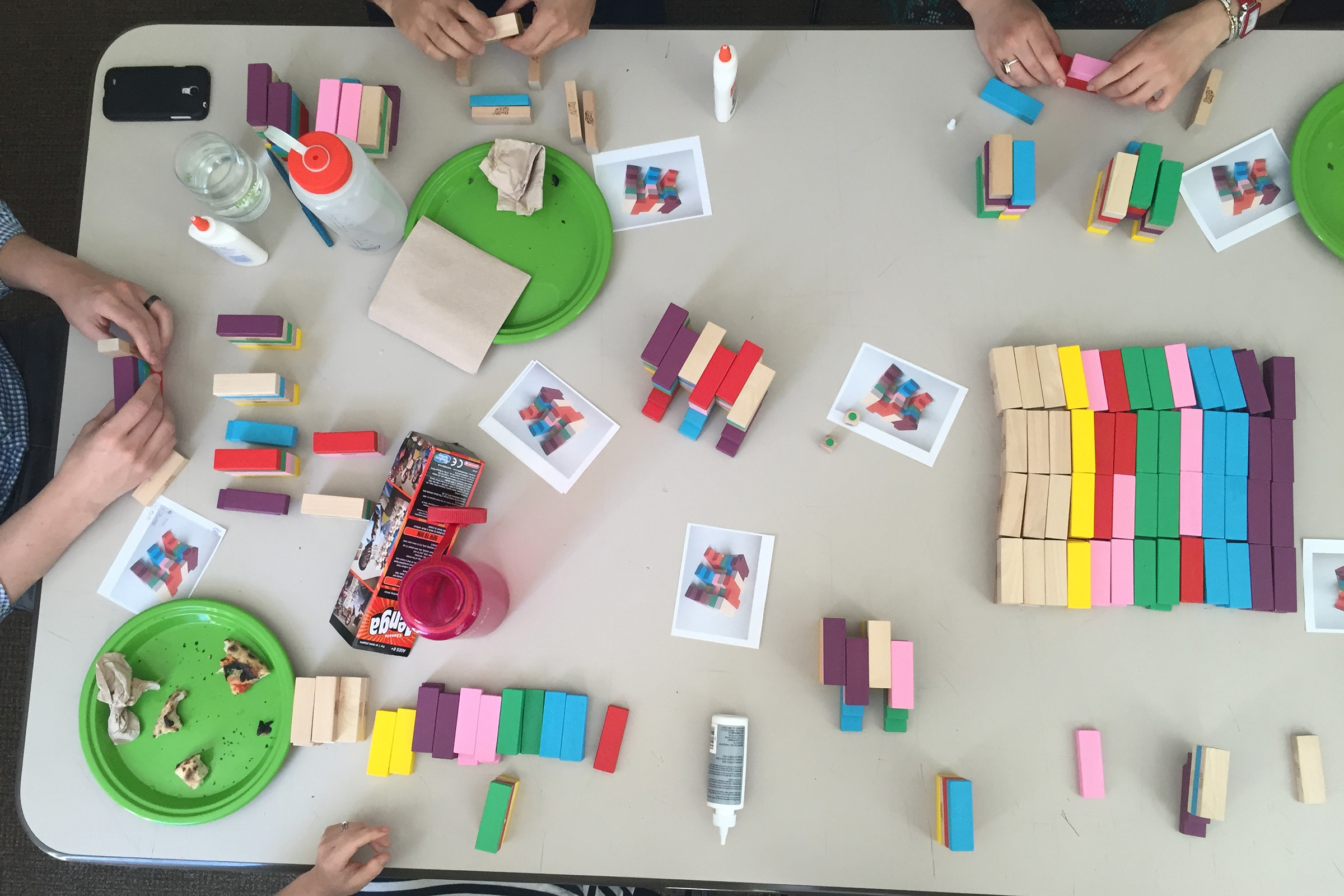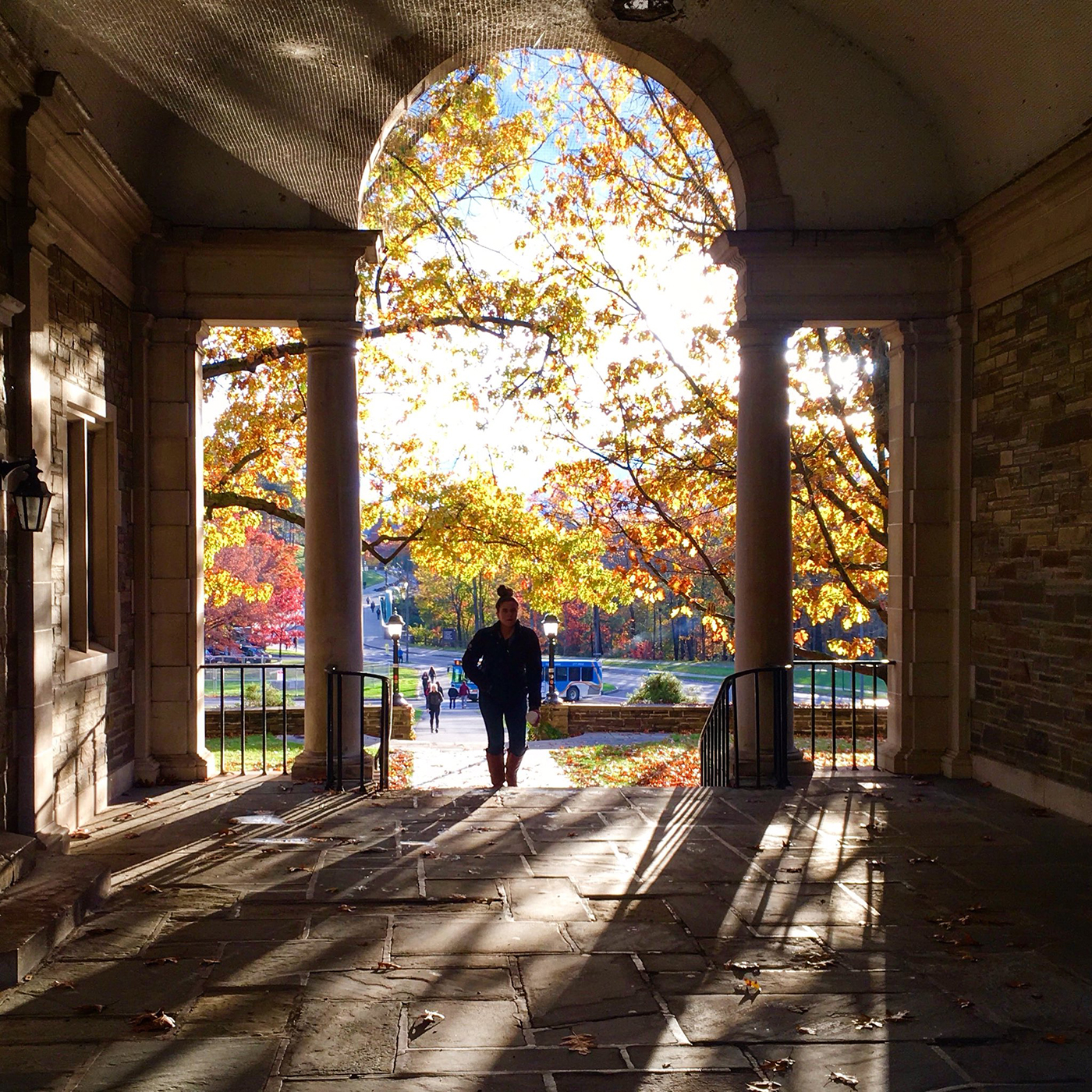When Zsuzsanna was first contemplating a career path she found herself split between left-brain and right-brain interests. She studied mathematics and loved its precise elegance, but she was also drawn to art. She found in architecture a third dimension: the ability to create physical environments that help people make connections.
As a principal and design leader at Goody Clancy, Zsuzsanna leads a wide spectrum of higher education projects from campus strategies to business schools, labs, and student life buildings, from new structures to the innovative adaptive reuse of existing ones, looking for opportunities to strengthen campus spaces at all scales. She enjoys organizing highly participatory engagement processes with clients to surface great ideas early on. It’s these valuable, initial visions that Zsuzsanna and the team chisel into equitable, sustainable living and learning experiences.
Her passion for her projects can be seen at nationally recognized business schools at Babson, UNH, and FSU, as well as at in the renovation of Building W70 New House renovation at MIT, which has fostered a sense of belonging by allowing students to mold their own communities, and the renovation of Balch Hall at Cornell University. As a mentor, Zsuzsanna likes to stoke the fire in younger staff to bring forth great design and meaningful collaboration.
Zsuzsanna is a member of the Boston Society of Architects’ Women Principals Group, and a former visiting professor at Roger Williams University, focusing on innovation and the future of campuses. She is the co-author with Kalman Timon of an architectural monograph on the work of the brothers Imre and Anthony Halasz, published by Epiteszmonografiak. When she’s not writing books, Zsuzsanna might be found recording TikTok dance videos with her daughter (and then watching her hit ‘post’ with dread).




